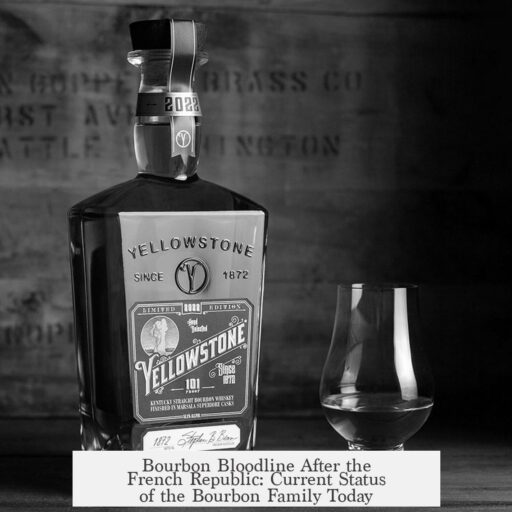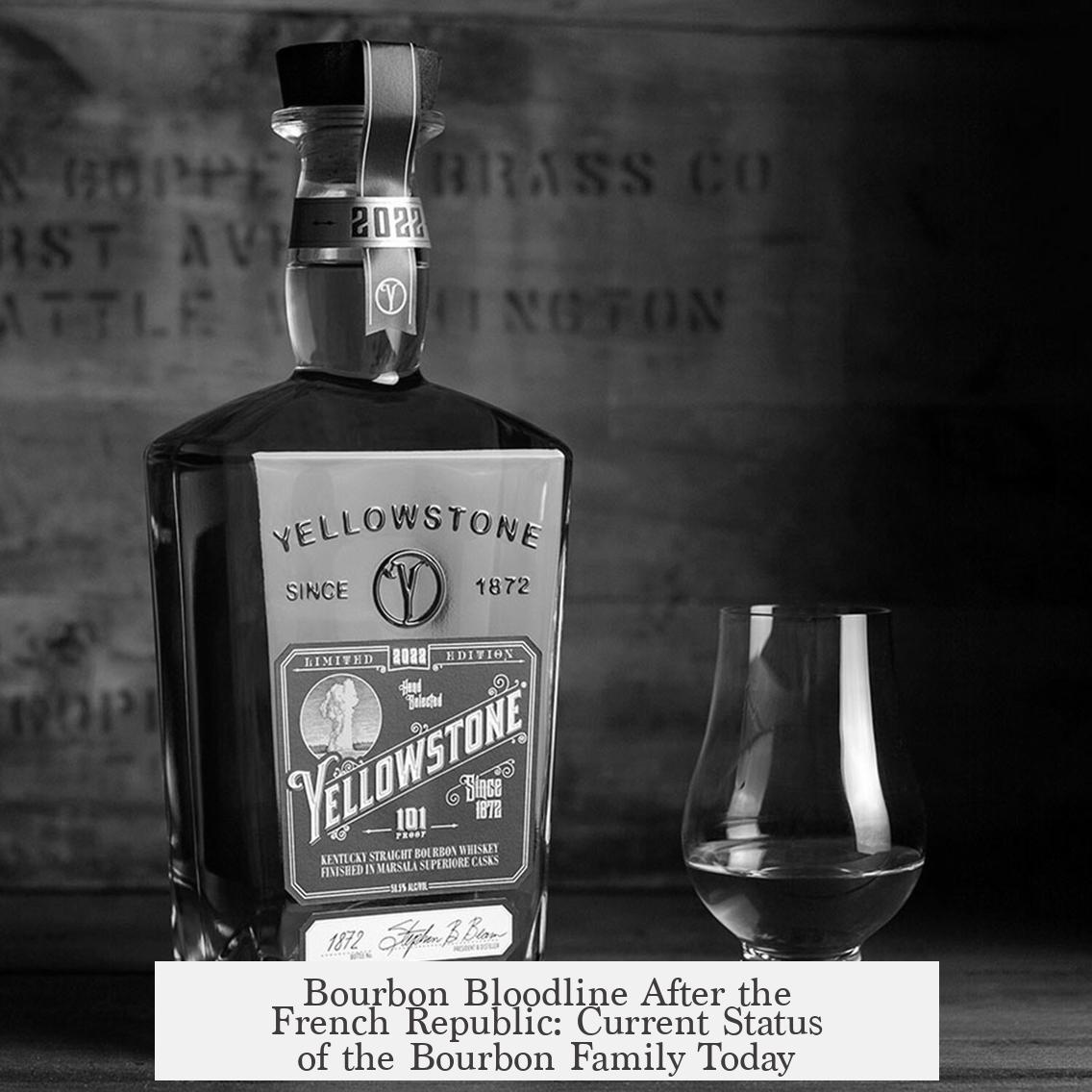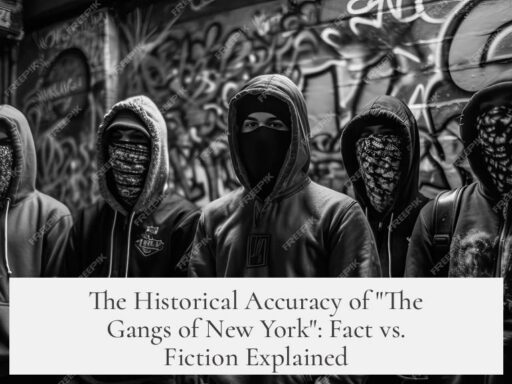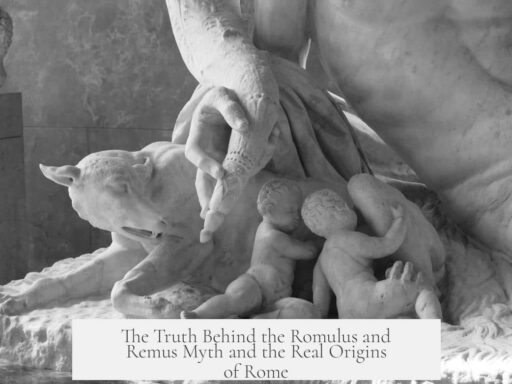After France became a republic, the Bourbon bloodline continued to exist but in altered forms and locations. The Bourbon family survives today, maintaining royal status primarily in Spain and Luxembourg. The French Bourbon royal branch remains present though with no ruling power, and various descendants and claimants persist, involved occasionally in monarchist advocacy.
France formally turned into a republic with the establishment of the Third Republic in 1870. Before this, the political scene oscillated between monarchies and empires since the French Revolution. Between 1792 and 1870, France experienced two republics, four kings, and two emperors, reflecting a turbulent transition period. The Bourbon family, heirs to the French Crown, managed to return to power briefly during the Bourbon Restoration (1814–1830). This period restored Louis XVIII and later Charles X, both brothers of the guillotined Louis XVI, after Napoleon’s defeat.
The Bourbon Restoration, however, differed markedly from the Ancient Régime. It introduced a constitutional monarchy system. The King’s powers were limited by the Charter of 1814, which granted legal equality to French citizens and set voting rights based on tax payments. Despite this, the Bourbons struggled to maintain control amid evolving political landscapes and public sentiments.
Following the July Revolution of 1830, the Bourbon monarchy in France ended. The Orleans branch, represented by Louis-Philippe I, then ruled as constitutional monarchs until the February 1848 revolution led to the republic’s re-establishment. The Bourbon family’s French line persisted but lacked sovereign authority.
The Bourbon bloodline did not vanish; instead, it spread. A notable branch became monarchs in Spain. After the War of the Spanish Succession (1701–1714), a grandson of Louis XIV, Philip V, ascended the Spanish throne. The Treaty of Utrecht in 1713 required Philip V to renounce his claim to the French throne to prevent a union of the two crowns. This Manning of renunciation remains controversial. Some argue that the French crown cannot be ceded as it is not a personal possession but part of the French state.
The Spanish Bourbons continue as the royal family of Spain, with the current king descending directly from Philip V. Similarly, a Bourbon-related family holds the grand ducal throne in Luxembourg. This branch descends from the former Dukes of Parma, an Italian state ruled by Bourbons.
Within France, different Bourbon descendants exist. Many individuals trace their lineage to the last French kings. However, there is no unified agreement on the legitimate heir to the hypothetical restored French throne. The fading monarchy has multiple claimants across various branches.
- The main French Bourbon branch still exists and occasionally advocates monarchism.
- The House of Bourbon-Anjou is a primary claimant, especially from the Spanish line.
- Descendants of Charles X and Louis-Philippe lived abroad, mainly in Austria and the UK.
Challenges to Bourbon legitimacy are significant. The Treaty of Utrecht complicates claims, as it bars the Spanish Bourbons from ruling France. Some argue that foreign princes cannot inherit the French crown. Moreover, Louis-Philippe’s father, Louis-Égalité, voted for the execution of Louis XVI, damaging their line’s royal credibility. Henri, a claimant grandson of Charles X, had no descendants, creating further succession complexity.
Besides Bourbons, other families, such as descendants of Napoleon III, also claim royal legitimacy concerning the defunct French throne, adding competition among pretenders.
Monarchy’s political power may have disappeared in France, but the Bourbon family remains a historical and genealogical reality. The Bourbon name carries significance in European royal history. It persists mostly through established royal families in Spain and Luxembourg, while the French branch survives in exile or limited public life.
| Aspect | Details |
|---|---|
| Bourbon Status Today | Royalty in Spain and Luxembourg; French branch active without sovereignty |
| French Third Republic | Established 1870; ended monarchy in France |
| Spanish Succession War | Philip V took Spanish throne after war; renounced French claim controversially |
| Bourbon Restoration | 1814-1830; Louis XVIII and Charles X ruled under constitutional monarchy |
| Succession Disputes | Multiple claimants; controversies over legitimacy and treaties |
The Bourbon family entered democratized republican societies but remains as a symbol and a historical dynasty in modern Europe. Despite losing political power in France, their legacy endures across various royal houses and among descendants active in monarchist circles.
- The Bourbon bloodline continues robustly in Spain and Luxembourg royal families.
- The French Bourbon branch exists but without ruling authority, with internal claimants.
- The Treaty of Utrecht complicates claims linking Spanish Bourbons to the French throne.
- The Bourbon Restoration marked a constitutional monarchy with limited royal power.
- Descendants of Louis XVI’s family and other Bourbon branches live worldwide.




